History
10 Of America’s Historic Ranches That Turned Into Gold Mines Over Time
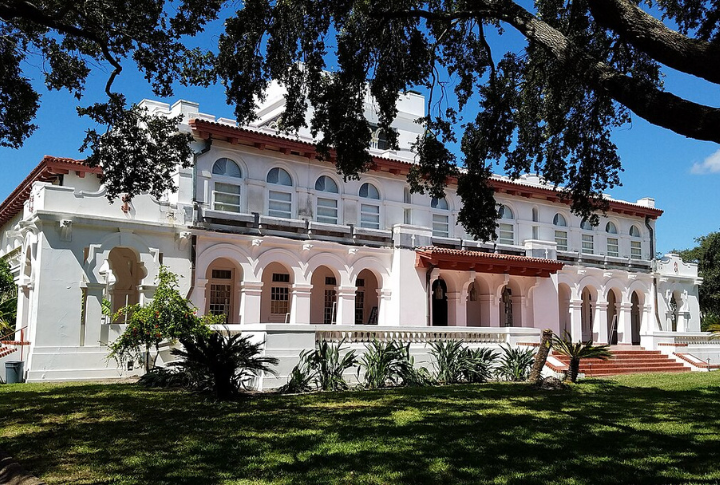
Not all fortunes come from banks or tech. Across the U.S., generations carved wealth into the dirt with livestock and perseverance. These ranches prove that deep roots and hard work can pay off in surprising ways. Here are 20 American ranches that turned their legacy into lasting value.
King Ranch, Texas
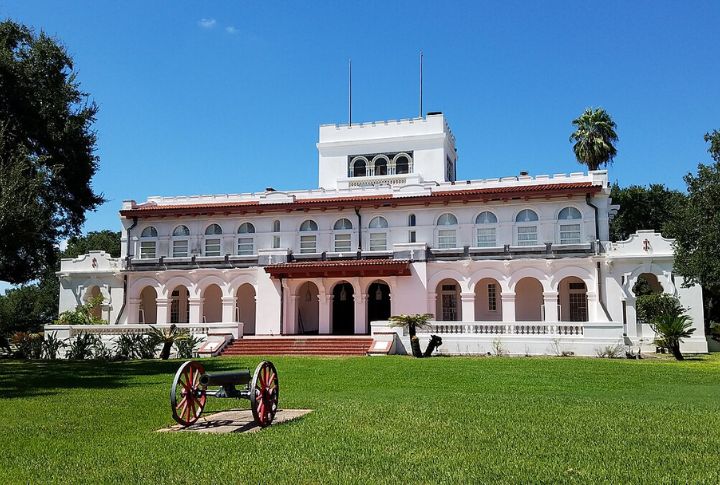
In 1853, a bold dream took root in the soil of South Texas. King Ranch grew into a sprawling empire of over 800,000 acres. It didn’t just raise cattle; it raised the standard for American ranching. Naturally, its scale and legacy make it a heavyweight in land value today.
Waggoner Ranch, Texas
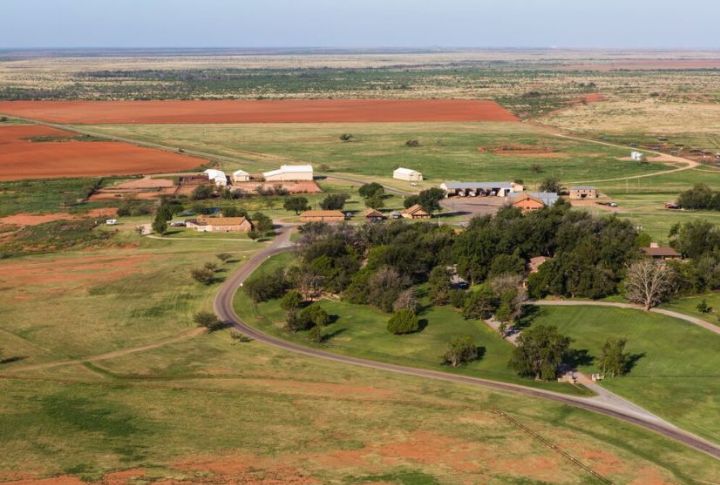
This ranch made headlines. It was established in 1852 and became the largest contiguous ranch under one fence in the country. It includes oil fields, lakes, and cattle operations and reportedly sold for around $725 million. Understandably, it’s considered one of Texas’s crown jewels.
Tejon Ranch, California

Formed in 1843 from old Mexican land grants, Tejon Ranch predates California’s statehood. It spans 270,000 acres between the Sierra Nevada and the Mojave Desert. Though much of it is preserved, development interest keeps investors watching. Not surprisingly, its blend of history and future potential makes it a land giant.
Bell Ranch, New Mexico
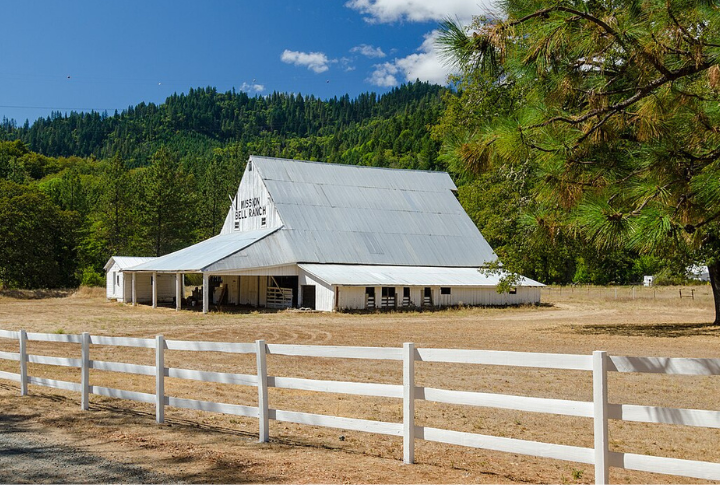
The bell-shaped brand is legendary. Bell Ranch got its start in 1824 and once stretched over 650,000 acres. It’s now privately owned and remains a coveted piece of New Mexico’s cowboy history. Interestingly, it has maintained its mystique despite changing hands more than once.
Pitchfork Ranch, Texas
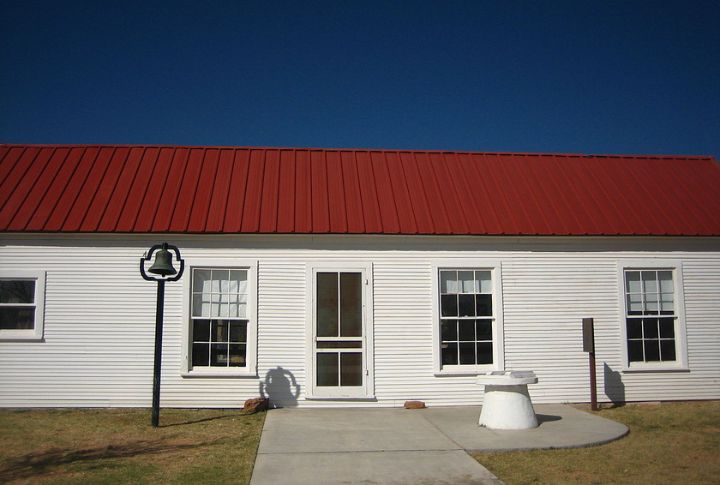
Known for its classic cowboy feel, this working ranch is still going strong. It was first organized in 1883 and continues across 160,000 acres of Texas prairie. Cattle graze above, and generations of labor give it staying power. Additionally, it’s one of the few large outfits still privately run.
JA Ranch, Texas
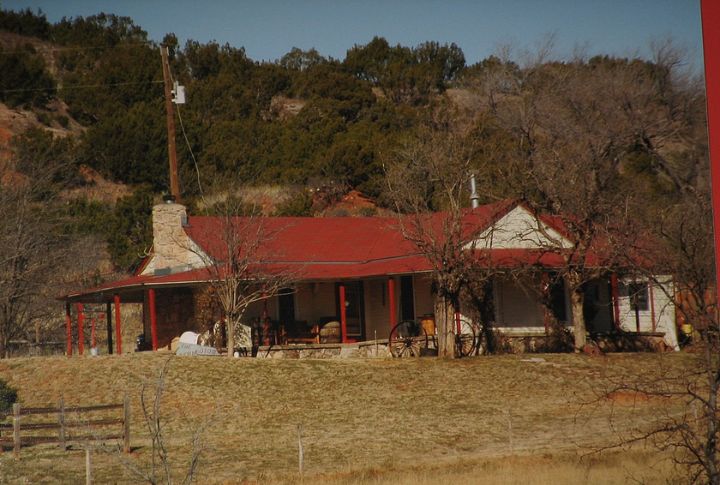
High winds whip through Palo Duro Canyon, but the JA Ranch has never blown away. It helped shape the Texas cattle trade in the 19th century. The ranch began operations in 1876. It was founded by Charles Goodnight and backed by English investor John Adair. Their vision built one of the first major Panhandle ranches.
Matador Ranch, Texas
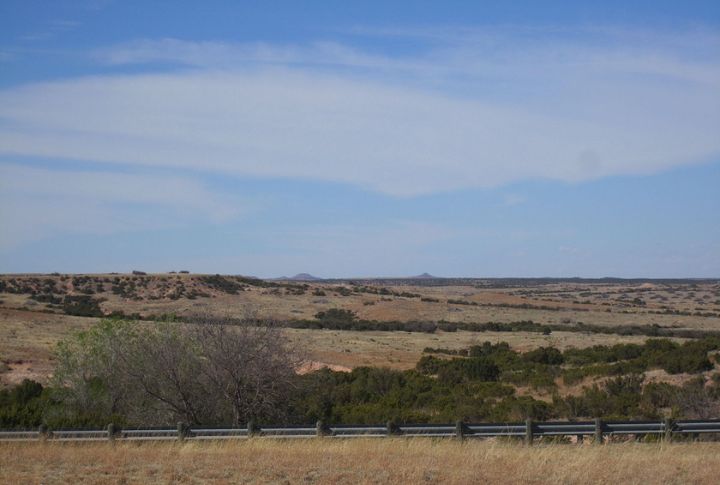
Scottish financiers launched Matador Ranch in 1882 to ride the cattle boom. Though it started with foreign money, it quickly rooted itself in Texas culture. It’s still known for superior herds and progressive land use. Its traditions and size make it a respected name in ranching.
Deseret Ranches, Florida

Deseret Ranches was created in 1950 by the Church of Jesus Christ of Latter-day Saints. Now nearly 300,000 acres strong, it’s a working beef operation that also serves as a blueprint for faith-led stewardship. Surprisingly, it also supports wetlands and wildlife corridors across a fast-developing region of Central Florida.
Vermejo Park Ranch, New Mexico
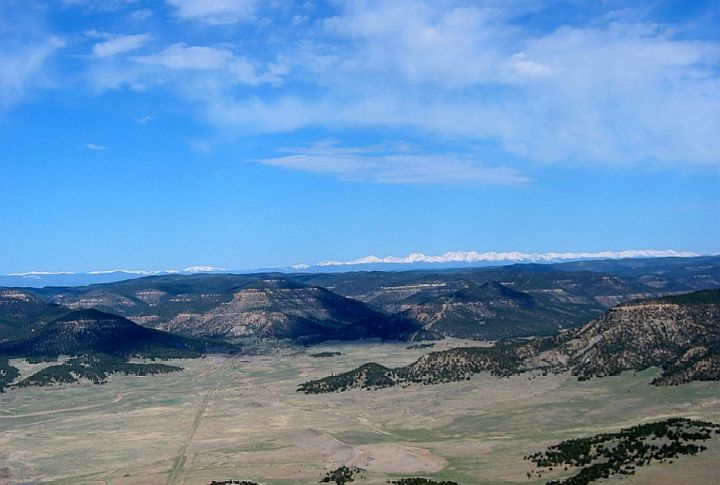
You won’t find many private ranches bigger than Vermejo. It was originally organized in the 1840s as part of the Maxwell Land Grant and now spans more than 550,000 acres. Owned by Ted Turner, it’s prized for its natural beauty, rare species, and luxury ecotourism.
Parker Ranch, Hawaii

The highlands of Hawaii aren’t usually associated with cattle, but this ranch changed that. It’s one of the oldest in the United States, still functioning today as a hybrid of heritage and modern ranching. John Parker first established the ranch in 1847 after marrying into a Hawaiian family and securing land.

